It is clear that the ordinary diode is the usual flyback diode that dissipates the energy stored in the coil while it is turned off, but what could be the purpose of the Zener diode?
I think the main effect of it would be that a significant reverse voltage spike occurs at the relay coil during turn-off, but wouldn't this spike be counterproductive for a fast turn-off because the relay has no polarity and will stay magnetized during the spike?
This answer seems somehow related, but there the Zener is at the switching transistor and not in parallel to the coil. Is the function the same (dissipate energy faster at higher voltage?)
